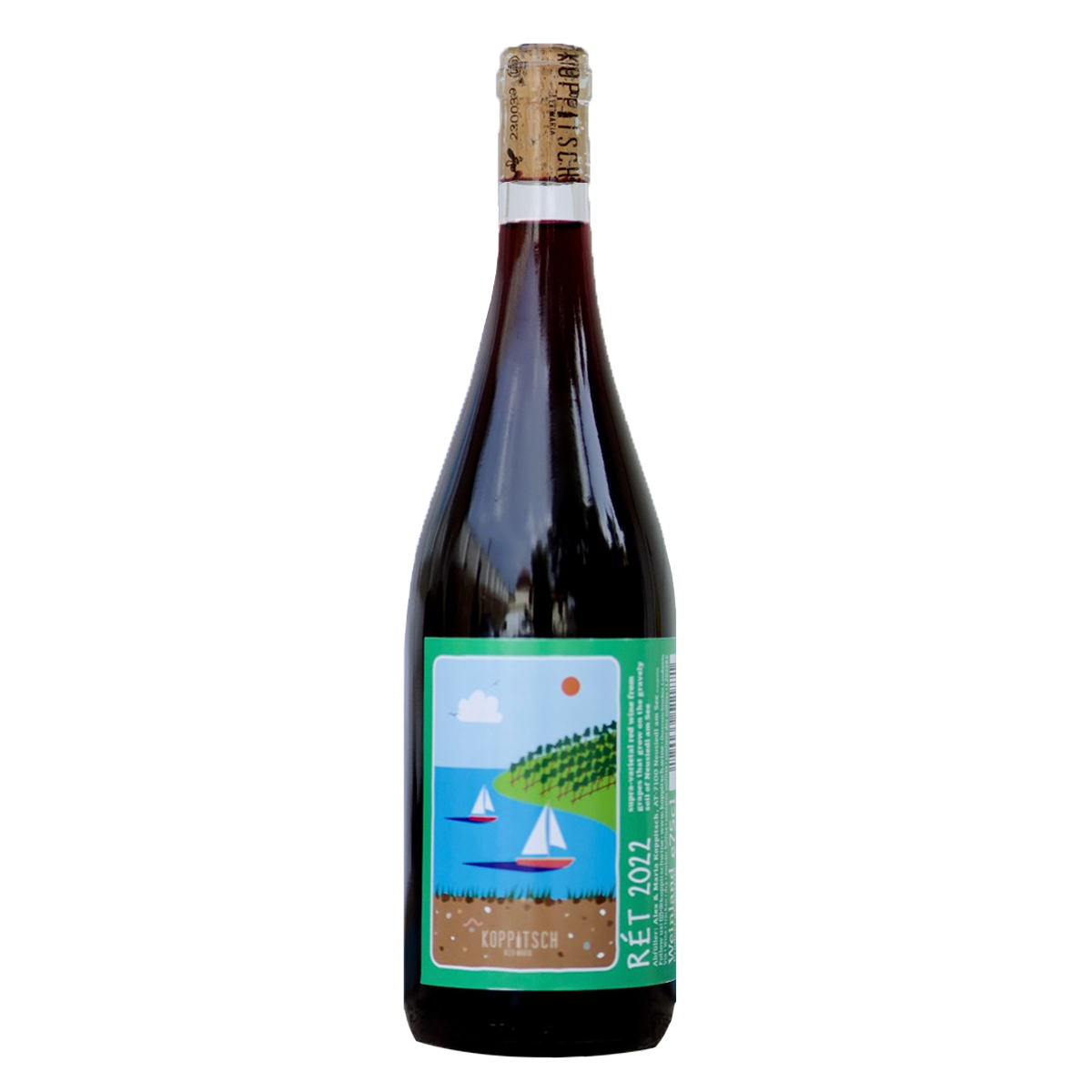Rét
Rét
Couldn't load pickup availability
We are thrilled to introduce you to Kippitsch Rét, a captivating Austrian red wine that beautifully showcases the unique terroir and indigenous grape varieties of the Wagram-Plateau.
The name "Rét" translates from Hungarian as "grassland" or "field," a nod to the wine's origins on land that was once a pasture for feeding the village's livestock. This connection to the land is deeply reflected in the wine's character.
Vineyard: Kippitsch Rét is sourced from the Hutweide and Prädium plots situated on the Wagram-Plateau. The vineyards predominantly feature sandy soil overlaying a thick layer of gravel, representing alluvial soil from the ancient Danube river. Despite the soil's health, it is notably poor, dry, and early-ripening. The vines, planted between 1988 and 2002, cover a total surface area of 1.86 hectares.
Grapes: The wine is crafted from approximately 80% Rotburger (Zweigelt) and 20% St. Laurent grapes. These indigenous Austrian red varietals contribute to the wine's distinctive character and regional authenticity.
Winemaking: The grapes for Kippitsch Rét are meticulously hand-harvested, destemmed, and naturally fermented on skins for six days. Post-fermentation, the wine is pressed into stainless steel tanks (for the Rotburger and St. Laurent) and large acacia vats (for the Rotburger). Here, the wine matures on its gross lees for seven months, undergoing a hands-off approach to winemaking—no additives, no fining, no filtration, and no temperature control. The final blend is assembled shortly before bottling, which has been done unfined and unfiltered since the 2020 vintage, with no SO2 addition.
Personality: Kippitsch Rét is a joyful celebration of Austrian red varietals and embodies the bright, light style of red wines that are both fruity and spicy, offering excellent drinkability. The wine is vibrant, with a lively acidity and a harmonious balance between fruit and spice notes. It is a versatile wine that can be enjoyed slightly chilled and pairs wonderfully with a variety of dishes, making it an ideal choice for both casual and special occasions.


